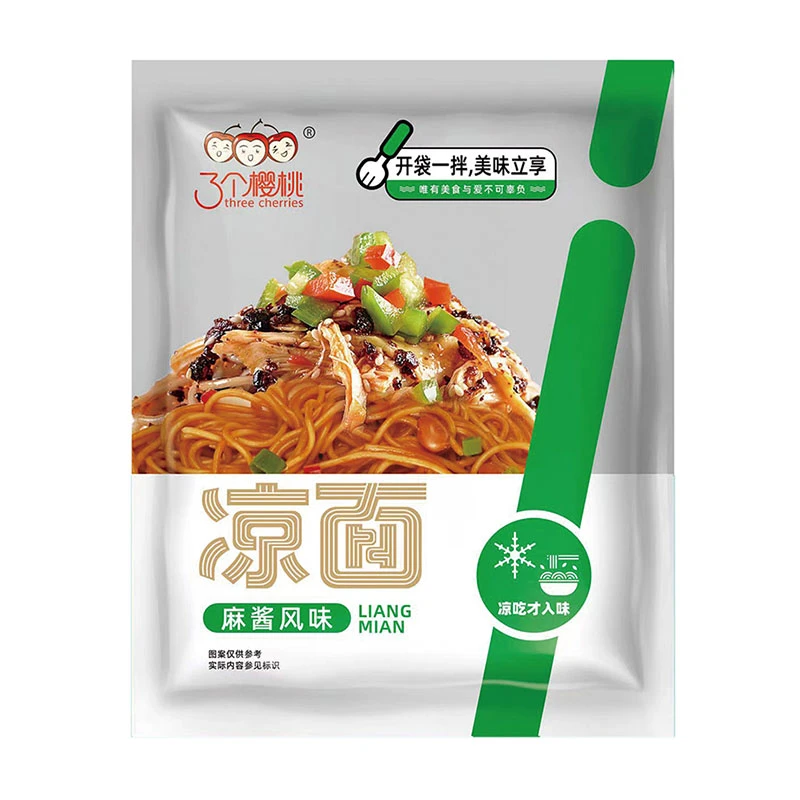Delicious Korean Buckwheat Noodles for Healthy Eating and Gastronomic Exploration
The Heartwarming World of Korean Buckwheat Noodles
Korean cuisine is a rich tapestry woven with diverse flavors, textures, and traditions. One of the most cherished staples is the buckwheat noodle, known as naengmyeon when served cold, or makguksu as a warm dish. These noodles not only highlight the nutritious qualities of buckwheat but also reflect the cultural significance of food in Korea.
Buckwheat itself is not a grain but a seed related to rhubarb, making it gluten-free and packed with essential nutrients. This remarkable plant is celebrated for its health benefits, including high fiber content, antioxidant properties, and a decent amount of protein. In Korea, it has been cultivated for centuries, adapted to various climates and used in traditional dishes that bring families together.
A Glimpse into the History
The history of buckwheat noodles in Korea can be traced back to the Goryeo Dynasty (918-1392). Initially, buckwheat was primarily a staple in the mountainous regions of Korea, where other grains were less viable. The early Koreans quickly discovered that the versatile buckwheat plant could be milled into flour, which could in turn be used to create noodles. This marked the beginning of the beloved buckwheat noodle, appreciated for its unique texture and rich flavor.
The Heartwarming World of Korean Buckwheat Noodles
A Culinary Experience
korean buckwheat noodles

Making buckwheat noodles is an art in itself. The process involves grinding buckwheat kernels into flour, which is then mixed with water to create a dough. The dough is meticulously rolled out and cut into thin strands, cooked to perfection, and rinsed in cold water to achieve the signature chewy texture. In a world of mass production, many families still pride themselves on making their buckwheat noodles from scratch, passing down recipes from generation to generation.
When you sit down to enjoy a bowl of buckwheat noodles, you are not merely consuming a meal; you are participating in a tradition that has shaped Korean culture for centuries. Each slurp of the noodles comes with a narrative, connecting you to the earth, the farmers who cultivate the crop, and the families who prepare and share these dishes.
Health Benefits and Modern Adaptations
In recent years, as awareness of health and wellness has surged globally, buckwheat has gained popularity far beyond the borders of Korea. People looking to avoid gluten or seeking a nutritious alternative to traditional wheat noodles have embraced it. The unique nutty flavor of buckwheat adds depth to many dishes, and its versatility allows it to be incorporated into salads, soups, and stir-fries beyond traditional settings.
Innovative chefs worldwide have begun to experiment with buckwheat noodles, crafting dishes that blend Korean traditions with international flair. For instance, the fusion of buckwheat noodles in Western-style salads or using them as a base for more eclectic sauces has become a popular twist, showcasing the adaptability of this ancient ingredient.
Conclusion
In conclusion, Korean buckwheat noodles embody a rich cultural heritage that resonates with both tradition and modernity. Whether enjoyed during a hot summer’s day or served as a warm comfort dish in the chilly months, they represent much more than just a culinary choice. They symbolize resilience, community, and the boundless possibilities of food. Eventually, Korean buckwheat noodles have carved a niche not just in Korea, but in the hearts of food lovers around the world, proving that sometimes, a bowl of noodles can tell a story far deeper than one might initially perceive. So the next time you savor these delightful noodles, take a moment to appreciate the journey of this humble ingredient and the generations that came before.
-
Authentic Fried Sauce Noodles: Savory, Satisfying, & Easy!NewsAug.28,2025
-
Wholesale Ramen Noodles SuppliersNewsAug.27,2025
-
Organic Soba NoodlesNewsAug.27,2025
-
Organic Ramen Noodles BulkNewsAug.27,2025
-
Improving Foodservice: A Wholesale Buyer’s Guide to Fresh PastaNewsAug.27,2025
-
Dragon Chuka Soba NoodlesNewsAug.27,2025
-
A Timeless Treasure of Northwestern ChinaNewsAug.27,2025
Browse qua the following product new the we







